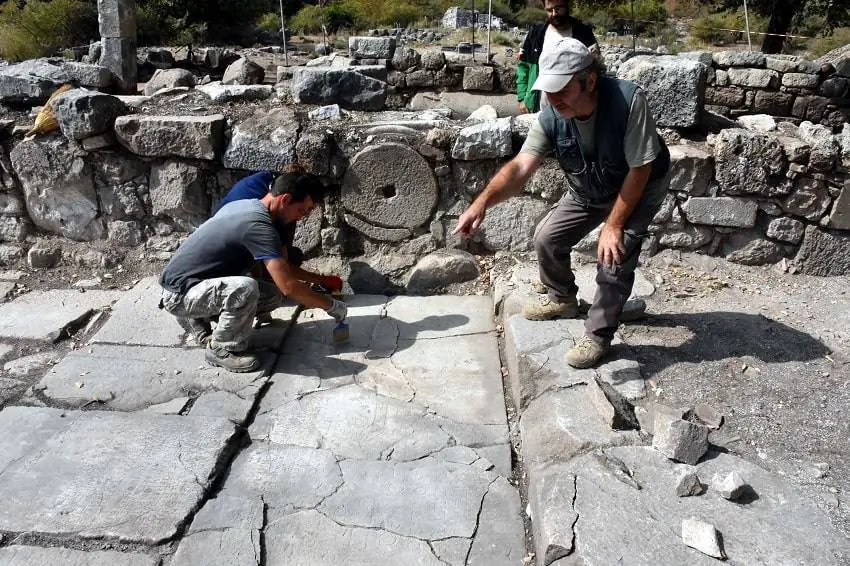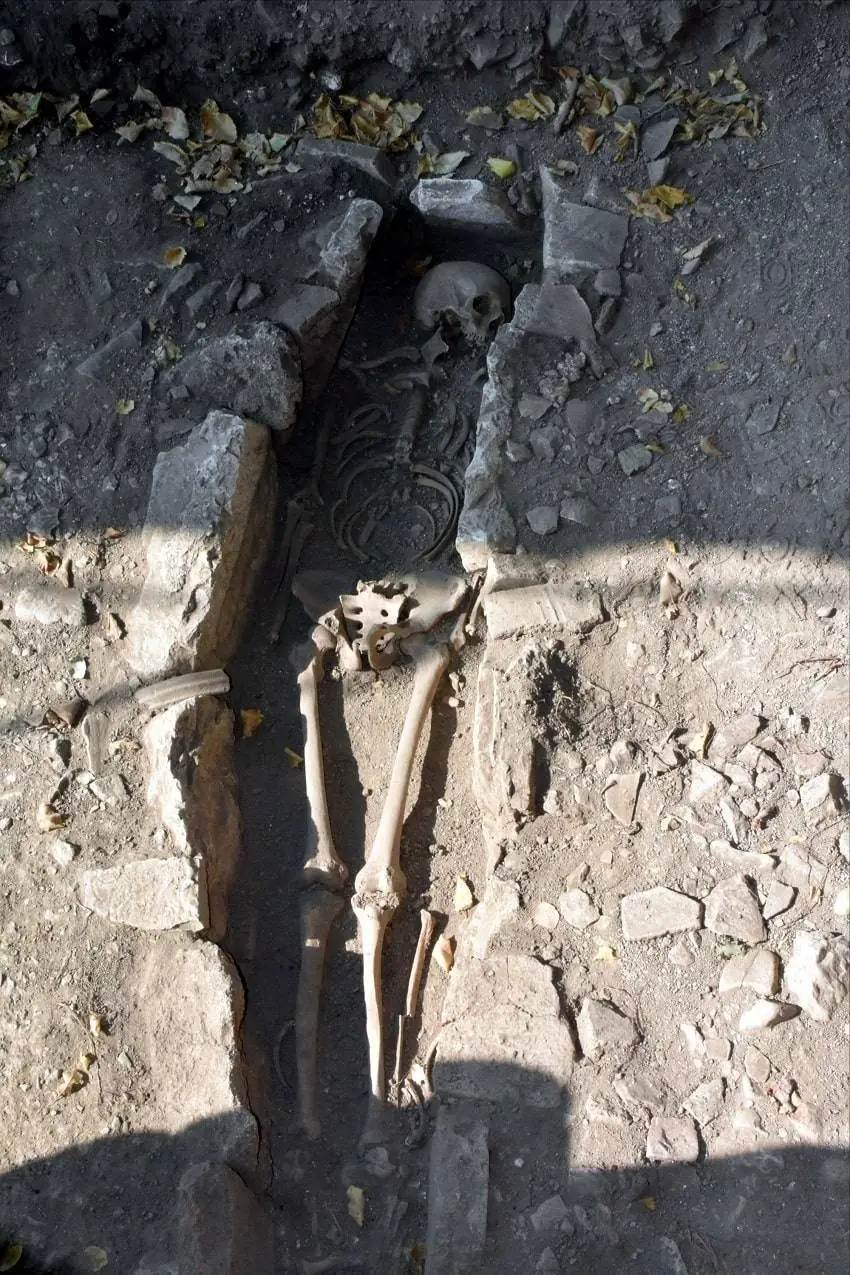In 2014, the ancient city of Kaunos was added to the UNESCO Tentative List of World Heritage Sites. It was the capital of the “Kaunos area” between Caria and Lycia until the commencement of the 4th century B.C., according to UNESCO. In modern terms, the coastal area stretches from the south plains of the Aegean resort province of Mula to the mountains between Mula and the Mediterranean province of Antalya was under the sovereignty of Kaunos, who held these borders until the 4th century B.C. but then ceased to exist as a sovereign state following the Persian invasion.

The city was built on a series of terraces. On one side, significant religious structures such as Baselius Kaunios Temple, Apollon Sanctuary, and Demeter Sacred Rocks are placed, while on the other, the spa, theater, and other structures, including Palaestra, are built on a vast terrace known as the Upper City.
Visitors can access the site after a 10-minute tour boat ride and a 15-minute walk through the forests, which unlocks the doors to a 3,000-year-old civilization. Visitors are welcomed to the area by 2,400-year-old rock tombs and a 5,000-seat historic theater.
♦ 4 Days Turkey Tour – Cappadocia Ephesus Pamukkale Tour
Visitors can inspect the 1,300-year-old mosaics and snap photos at the sacred Temple of Demeter while going through the basilica, spa, and agora. The excavations, which began in the region with Baki ün’s efforts in 1966 and lasted until 2020, were afterwards led under the supervision of his pupil Cengiz Işk. This year, Ufuk örtük, an Işk student, took over as chairman of the excavations.

According to örtük, the ancient city became recognized for several “first breakthroughs,” including the rotary curtain system in the old theater, the money box for deity donations, world-famous rock tombs, and Carian-Greek bilingual inscriptions.
He noted that the Turkish scientific delegation has been conducting excavations in Kaunos for the past 55 years. Çörtük said:
“Excavations in the ancient city have been taking place in the Roman basilica bordering the western side of the port agora for the last three years. During the excavations we carried out in the basilica, which dates back to the 2nd century A.D., we encountered a Byzantine church.”

